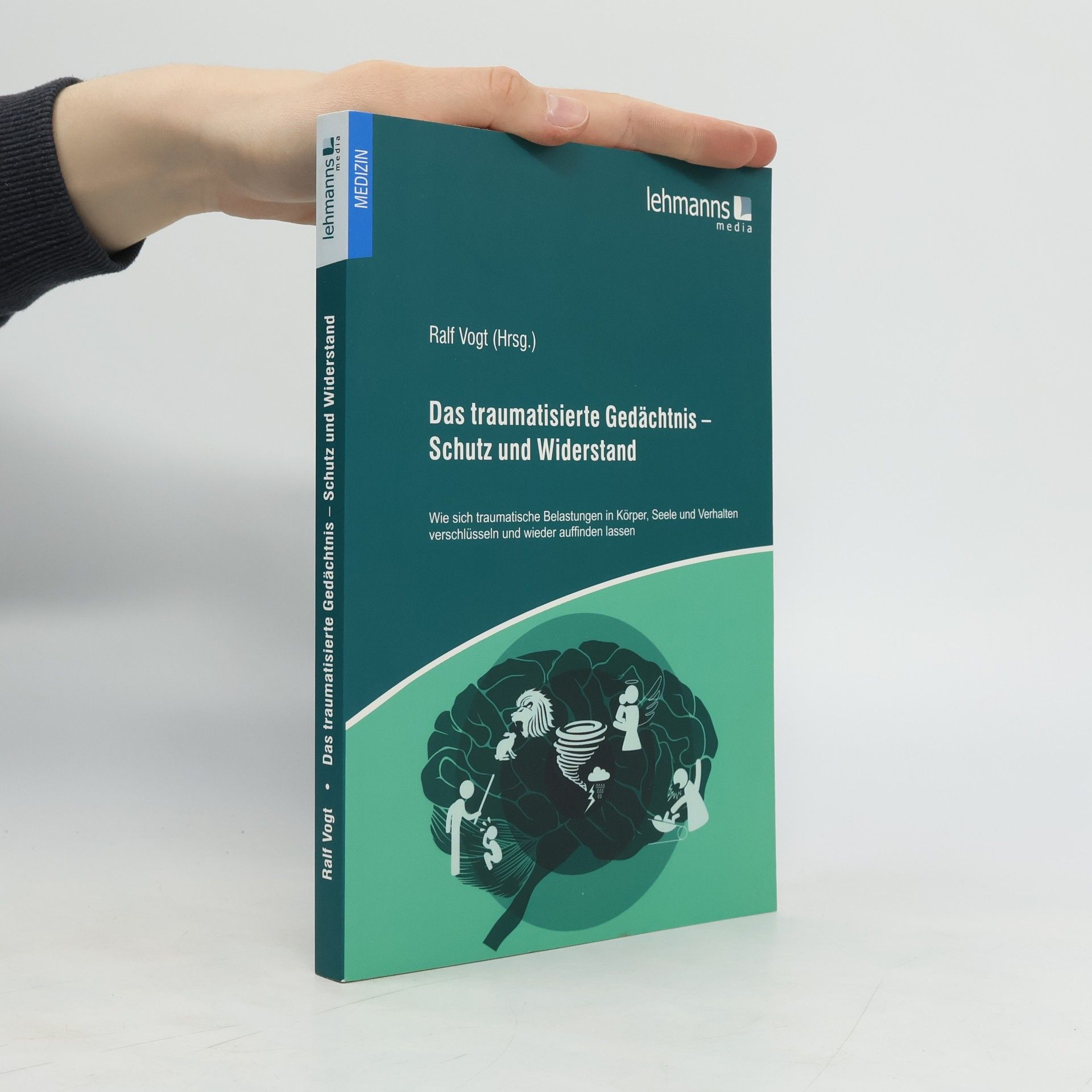Transgenerationale Gewalt
Weshalb unbehandelte Traumata in familiäre Tyrannei und sozialen Extremismus münden können






Weshalb unbehandelte Traumata in familiäre Tyrannei und sozialen Extremismus münden können
Dissoziative Identitätsstörungen in vielfältigen Behandlungsformen
Verwirrung, Spaltung und Dissoziation kommen bei jedem Menschen vor, wenn die Seele unter starken Belastungen steht. Bei von Menschen gemachter Gewalt erzeugen Psychotraumata regelhaft solche Phänomene bei den Traumaopfern, die zunächst manchmal dafür nur lückenhafte Erinnerungen besitzen. Im Buch werden auch theoretische Zusammenhänge zu den Traumafolgen aufseiten der Opfer erläutert, darüber hinaus wird diskutiert, wie eigentlich Täter "ticken" können. Durch eine Reihe von Fallbeispielen über betroffene Erwachsene, Jugendliche und Kinder werden zudem Hintergründe der Dissoziativen Identitätsstörung (früher: Multiple Persönlichkeitsstörung) anhand von Alltagsbeispielen erklärt und Behandlungsperspektiven aufgezeigt, um die Thematik dieser schweren Störungen sowie deren psychotherapeutische Behandlung auch für lesende Laien oder Betroffene verständlich zu machen. Dazu dienen auch zahlreiche Therapiefotos, welche die innovative Arbeit mit Beseelbaren Therapieobjekten zeigen. Anschauliche Selbstberichte von Betroffenen, die unter Pseudonym von ihrer Geschichte und Behandlung berichten, runden diesen Band ab
Complex Traumatisation & Identity Disorders in Treatment
Willkommen in der Wildnis Kanadas! Persönlicher geht es nicht: Ralf nimmt Dich mit auf ein Abenteuer in seine zweite Heimat und möchte Dich für ein Land begeistern, das Du so kein weiteres Mal auf der Welt finden wirst. Ein Reisebegleiter eines Kanada-Liebhabers und seiner kanadischen Freunde, gespickt mit Infos aus erster Hand: • 3 Routenempfehlungen • Highlights zu vielen Regionen in Westkanada • Insider-Berichte • Specials von Partnern vor Ort • Übersichtskarten • Private Reiseberichte von Freunden und Ralf • Tipps zur Wildlife-Beobachtung • Stets aktualisierte Tipps zu Unterkünften, Restaurants und Wanderungen • Kanadas Westen von A-Z • Reisetagebuch • Zugriff auf einen exklusiven interaktiven Bereich (via Link und QR-Code) ... und einiges mehr, was Deine Reise zu einer Traumreise werden lässt!
Beschämen und Beschuldigen als Machtmittel zwischenmenschlicher Gewalt
Über traumapsychotherapeutische Methoden wurde schon viel geschrieben. Bisher wurde jedoch kaum erforscht, wie sich psychodynamisch traumatische Vorfälle seelisch abbilden, in Symptomen des Körpers und in mentalen Abbildern codieren – obwohl dieses Thema überaus spannend ist! Wie werden seelisch belastende Daten abhängig vom Alter, der Grausamkeit des Vorfalls oder der Kumulation schrecklicher Ereignisse vom Menschen gespeichert und zusammengefasst? Welche Varianten der Erinnerung stellen uns der Körper, die seelische Mentalität und das menschliche Gedächtnis zur Verfügung? Wie lassen sich verschlüsselte Daten später therapeutisch effektiv – und emotional verträglich – abrufen und entschlüsseln? Das vorliegende Buch ist eine Sammlung von theoretischen und praktischen Beiträgen, die von psychotherapeutisch tätigen Kollegen und von betroffenen Klienten gleichermaßen verstanden werden können. Die anschaulichen Fallbeispiele sind darüber hinaus für alle interessant, die die Logik und Widersprüchlichkeit des Unbewussten spannend miterleben wollen.
Dieser Sammelband geht aus dem Kongress »Körperpotenziale« hervor, der im Mai 2007 in Leipzig stattfand. Er vereint erstmals im großen Maßstab interdisziplinäre Bereiche der Psychotraumatologie sowie der modernen körperorientierten Psychotherapie mit Beiträgen von Theoretikern, Therapeuten und mutigen Klienten. Die Beiträge spiegeln aktuelle Trends in der körperorientierten Psychotraumatologie, der modernen Psychoanalyse und der integrativen Psychotherapie wider. Neue Ergebnisse der Hirnforschung und andere interdisziplinäre Beiträge der Bewegungswissenschaften geben einen soliden theoretischen Rahmen, der mit vielen Fallbeispielen aus der Praxis gefüllt wird. Abgerundet wird das Buch durch mutige Selbsterfahrungsberichte von Klienten. Mit Beiträgen von J. Bauer, D. Bergmann, K. H. Brisch, W. Bruns, D. Eckers, P. Geißler, M. Geyer, R. Hochauf, C. Hübener, M. Huber, G. Hüther, P. Joraschky, A. Köth, D. Lange, J. Maaz, M. Martens, T. Moser, F. Röhricht, H. Roloff, F. Schlensog, S. Schuster, B. Siegert, M. Thielen, S. Trautmann-Voigt, A.-S. Wetzig, A. Wilda-Kiesel, I. Vogt, R. Vogt und H.-J. Wirth